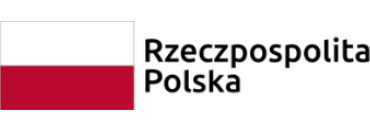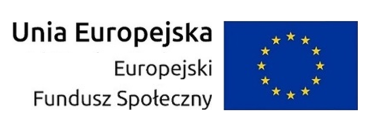From Individual to Collective Dynamics in Argentine Ants
- Prelegent(ci)
- María Vela Pérez
- Afiliacja
- Service de Physique de l'Etat Condensé, CEA-Saclay, 91191 Gifsur-Yvette, France
- Termin
- 14 maja 2014 14:15
- Pokój
- p. 4050
- Seminarium
- Seminarium Zakładu Biomatematyki i Teorii Gier
Social insects are an important example of complex collective behavior. In particular, ant colonies develop different tasks as foraging, building and allocation [1]. While they search for food they deposit a pheromone that it is considered as a crucial element in the mechanism for finding minimal paths. The experimental observations suggest that the model should include the presence of pheromone and the persistence (tendency to follow straight paths in the absence of other effects). In our study, based on the experimental data described in [2], we develop a model in the plane to describe the behavior of Argentine Ants when foraging in the plane.
Following the ideas explained in [3] we consider ants as random walkers. We treat them as pure random walkers when they detect an amount of pheromone that is below a certain threshold. The idea is that ants, once out of the nest, start foraging for food and do it following a random walk with the probability distribution for the change in direction that is fitted, from experimental data, to a distribution with fat tails. Once the ant detects an amount of pheromone concentration above the threshold, the motion changes to a reinforced random walk where a component of the change in the ant's direction is proportional to the gradient of the amount of pheromone.
[1] B. Holldobler and K. Wilson, The ants, Berlin: Springer, 1990
[2] A. Perna, et al. (2012) Individual rules for trail pattern formation in
Argentine ants (Linepithema humile). PLOS Comput Biol 8(7):e1002592.
[3] M. Vela-Perez, et al. (2013), Ant foraging and geodesic paths in labyrinths: Analytical and computational results, J. Theo. Biol. 320, 100-112.
 Nie jesteś zalogowany |
Nie jesteś zalogowany |



















